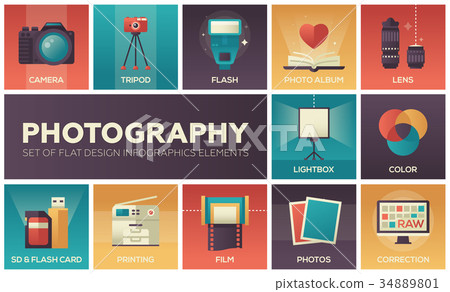Digital Photography Tips For Beginners: Mastering Your Cam In No Time
Digital Photography Tips For Beginners: Mastering Your Cam In No Time
Blog Article
Created By-Weber Didriksen
When you initially grab your electronic camera, it can really feel overwhelming with all the setups and options available. You could find yourself questioning how to navigate aperture, shutter rate, and ISO properly. Grasping these principles is important, but there's more to digital photography than simply technical knowledge. Recognizing make-up methods and lighting conditions can boost your photos substantially. So, suppose you could learn simple techniques to enhance your abilities and begin recording remarkable pictures faster than you believe? Let's discover just how to transform your digital photography trip.
Comprehending Electronic Camera Setups
Comprehending your camera setups is vital for catching sensational photos. When you pick up your cam, acquaint on your own with the 3 major settings: aperture, shutter speed, and ISO. https://postheaven.net/milton22mirta/checking-out-the-world-with-the-lens-travel-photography-fundamentals plays an essential role in exactly how your images turn out.
Start with aperture, which manages the quantity of light getting in the lens. A wider aperture (lower f-number) lets in extra light and creates a stunning history blur, perfect for portraits. On the other hand, a narrower aperture (greater f-number) maintains more of the scene in focus, perfect for landscapes.
Next off, concentrate on shutter rate. This setup determines how much time your electronic camera's sensing unit is subjected to light. A fast shutter rate ices up movement, which is fantastic for activity shots, while a slow shutter speed can produce stunning impacts like smooth water in landscapes.
Finally, adjust your ISO. Executive portrait studio affects your video camera's level of sensitivity to light. A higher ISO is useful in low-light scenarios however can present noise or grain. Go for the most affordable ISO feasible while still accomplishing proper direct exposure.
Structure Methods
When you're out capturing, make-up can make all the distinction in exactly how your photos resonate with viewers. Start by utilizing the rule of thirds; envision your frame split right into 9 equal areas with 2 horizontal and 2 upright lines. Placement key elements along these lines or at their crossways to produce balance and passion.
Next off, think about leading lines. These natural lines in your scene, like roadways or rivers, attract the viewer's eye into the picture, leading them with the tale you're telling.
Don't ignore framing; use components within your scene, like trees or home windows, to produce a framework around your subject, adding depth and focus.
Likewise, keep an eye on your background. A chaotic history can distract from your main subject, while an easy one helps it stick out.
Last but not least, explore balance and patterns; they can produce a striking photo that records focus.
Learning Illumination Conditions
Understanding lights problems is important for capturing sensational pictures, as the best light can transform an ordinary scene into something phenomenal.
Begin by observing natural light at various times of the day. Mornings and late afternoons provide the best light, known as the gold hour. The soft, cozy tones throughout these times can enhance your photos beautifully.
Do not shy away from cloudy days either; diffused light can lessen severe darkness and develop a pleasing effect, specifically for pictures.
Experiment with backlighting by placing your subject against the light. This strategy can create a fanciful halo result and include depth to your pictures.
Take notice of your video camera setups also. Change the ISO, aperture, and shutter speed to fit the lighting conditions. A higher ISO can assist in low light, yet beware of grain.
Utilize a tripod in darker atmospheres to avoid blur.
Lastly, don't fail to remember synthetic lights. Flash and continual lights can be great tools for managing light in tough conditions.
Conclusion
In conclusion, understanding your cam doesn't have to be overwhelming. By recognizing your setups, using composition techniques, and taking advantage of the power of natural light, you'll promptly boost your digital photography skills. Keep in mind, exercise makes best, so venture out there and explore your newfound knowledge. With time and commitment, you'll be catching spectacular pictures that mirror your unique viewpoint. Delight in the trip, and do not forget to enjoy while you're at it!
